When 26-year-old Elise (Marion Barbeau), a talented and promising ballet dancer, suffers a tragic injury during a performance, she finds herself at a crossroads in her life. Unable to do the one thing that she’s dedicated her life to, Elise is forced to step out of her comfort zone and explore the wider world of art and expression. Rise (En Corps) is a truly mesmerizing and graceful look at the psyche and inner life of a dancer who rediscovers meaning in a world outside of everything she knows and is familiar with.
In this Goggler exclusive, we got the chance to speak to director Cédric Klapisch about his experience making Rise and working with first time actress Marion Barbeau.
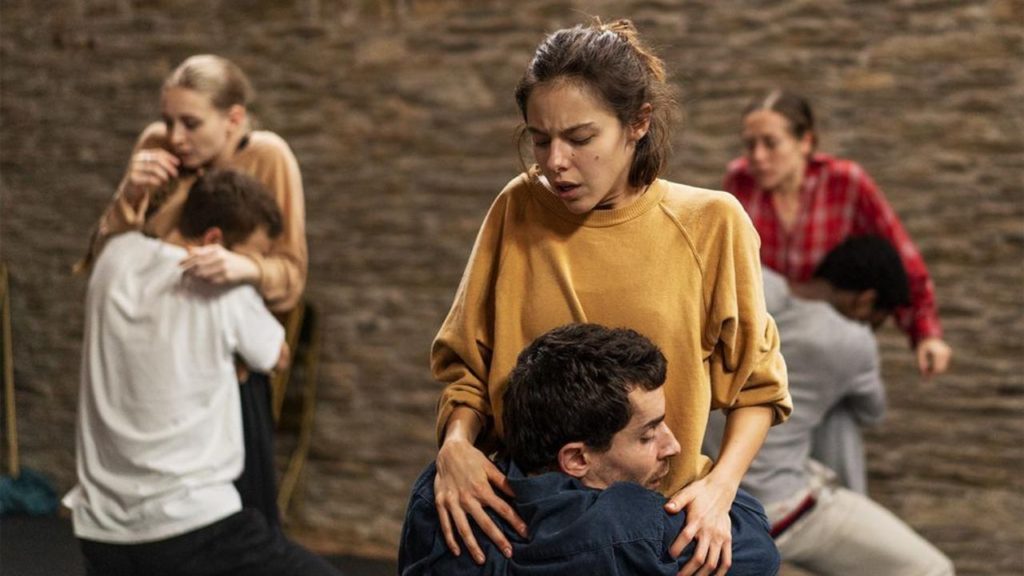
Umapagan Ampikaipakan: We absolutely loved Rise. And we think that it is truly a star-making turn for Marion Barbeau. The way your movie captures healing, as a communal act and not just a solitary one, was so refreshing and life-affirming. How important was it for you to cast a professional dancer in the role of Elise and not just an actor who you could potentially train to dance?
Cédric Klapisch: The answer is simple. I know that it’s simply impossible for any good actress who knows how to dance (and even if she’s had dance training for many years) to dance like Marion Barbeau. It’s like if you ask Tom Cruise, who’s good at sports, to play Messi (and to play football like Messi).
I knew since the beginning that Rise was a movie where I had to find dancers who could act instead of actors who could dance. Besides that, I didn’t want to cheat like what they did in Black Swan. I wanted the audience to focus on a woman who is really dancing and not replace her with a “dancing stunt.” The beauty of dance is related to one person, meaning one body and one soul… it had to be someone outstanding.
UA: How did you land on Marion Barbeau to be your lead?
CK: It’s because she was outstanding during the casting session. Seriously, very few female dancers were as good with classical ballet and contemporary dance, and only Marion was able to mix the fragility and strength the character had to have.
She is a principal dancer in Opéra de Paris and I had known her from years ago when I was filming a performance in the Opéra Garnier. We stayed friends and I knew she loved movies.
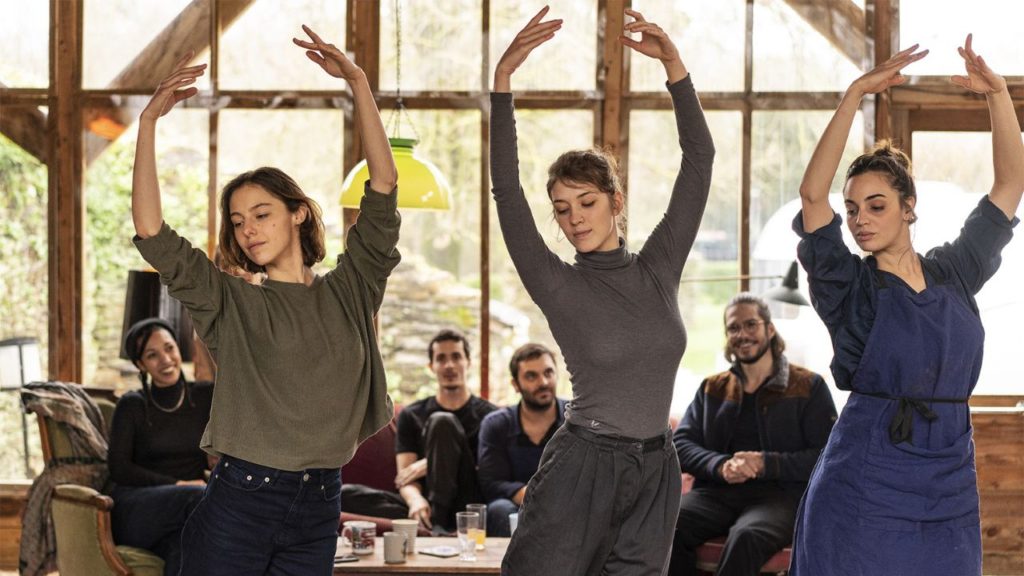
UA: The dichotomy between classical ballet and contemporary dance is something we understand quite well, but I was wondering if you could explain more about the metaphor of food and the kitchen, and why you felt that was an important mirror for this story?
CK: This story is built on the idea that everyone has different ways to express themselves. The father is a lawyer, he loves “speeches” and literature. He believes that words are the best way to express yourself. He doesn’t see that his daughter has found another way to express herself with her body and through the language of dance. It’s the same thing with the character of Loïc who is an “artist with food”. He doesn’t know how to speak to his girlfriend properly, but he really knows how to cook.
The movie also tries to explore the idea that “expressing yourself” can use every one of the five senses.

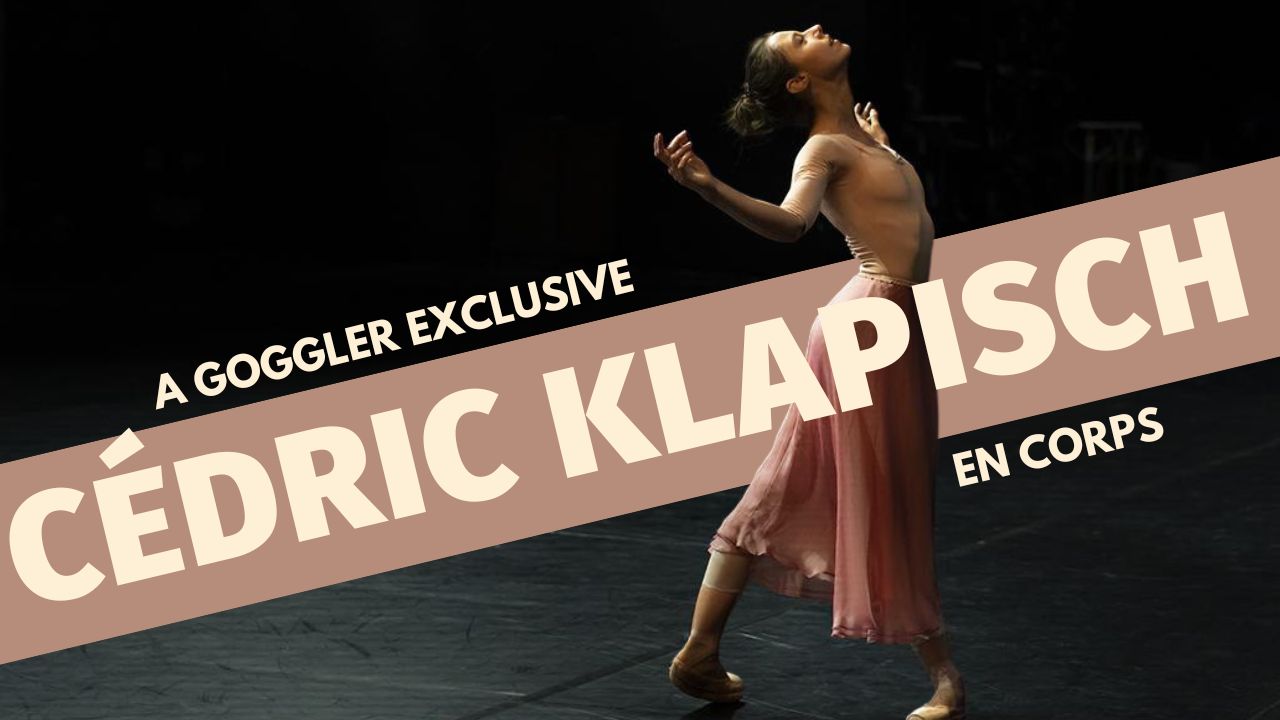
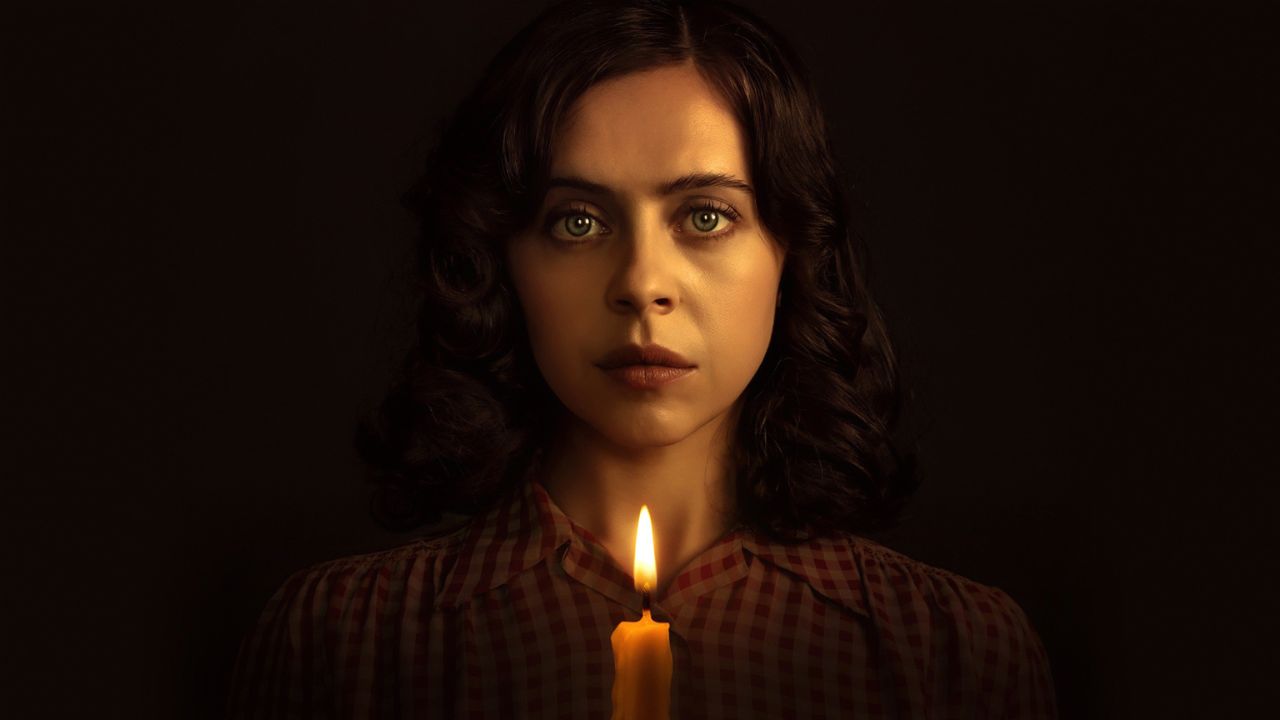


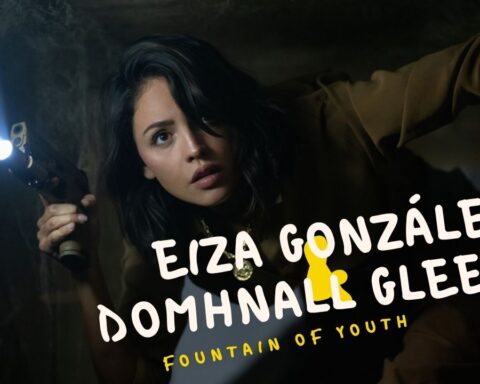
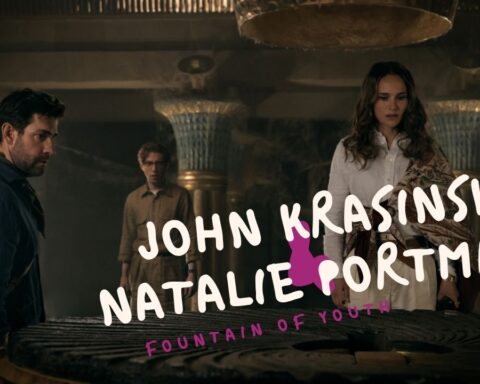
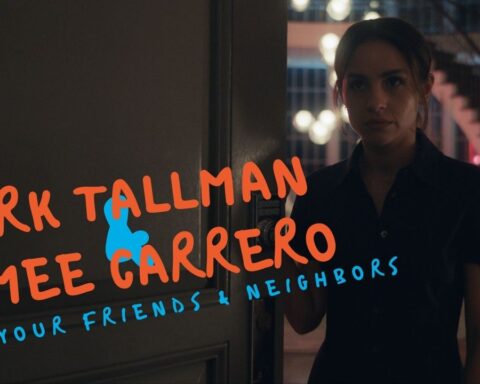
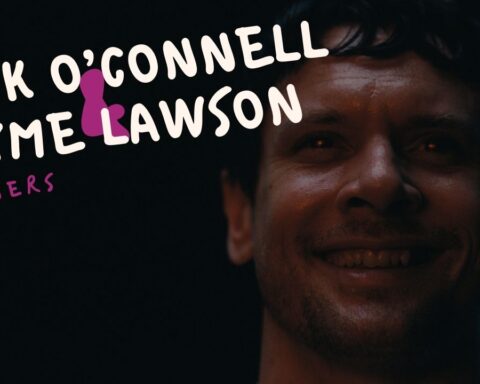
Follow Us